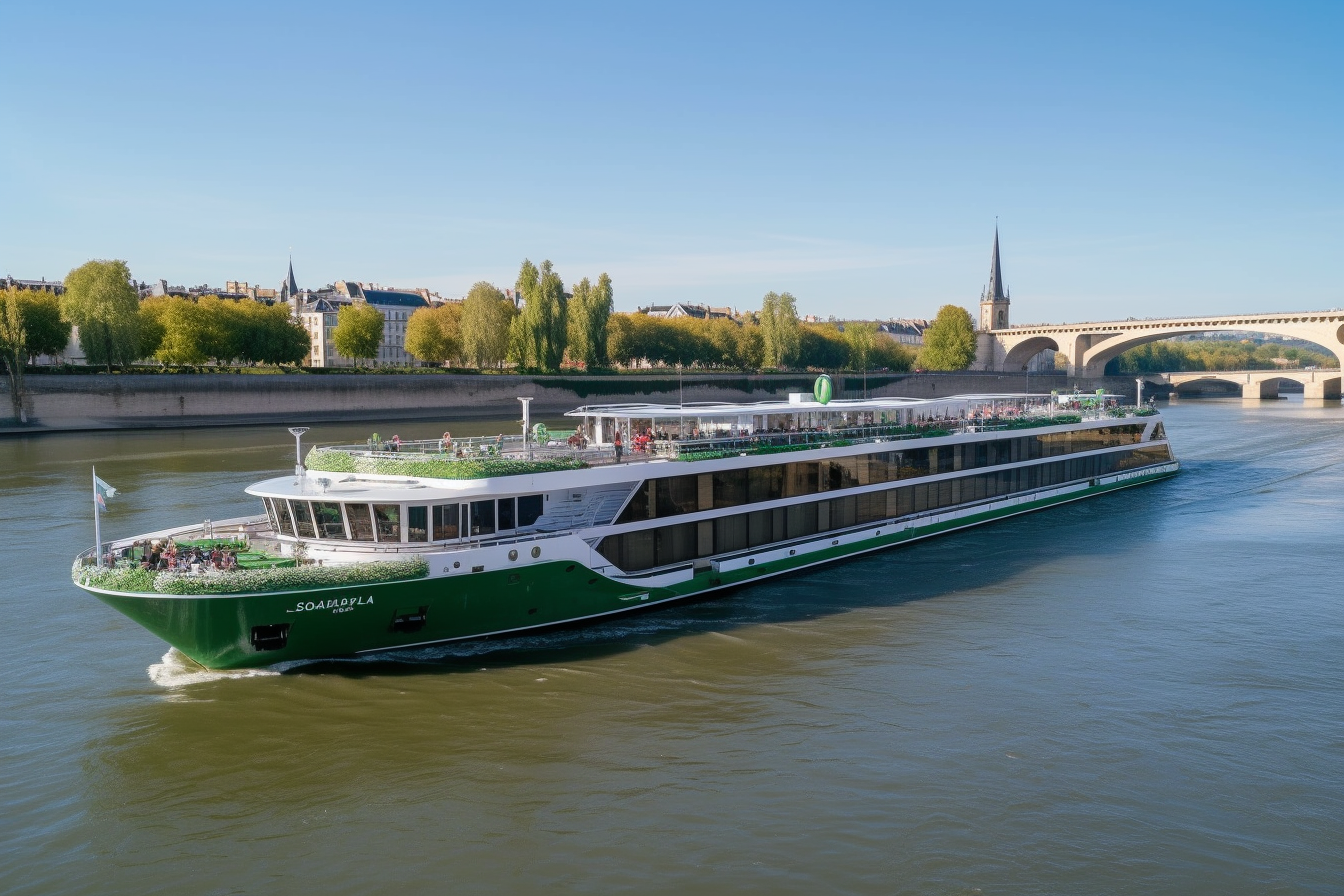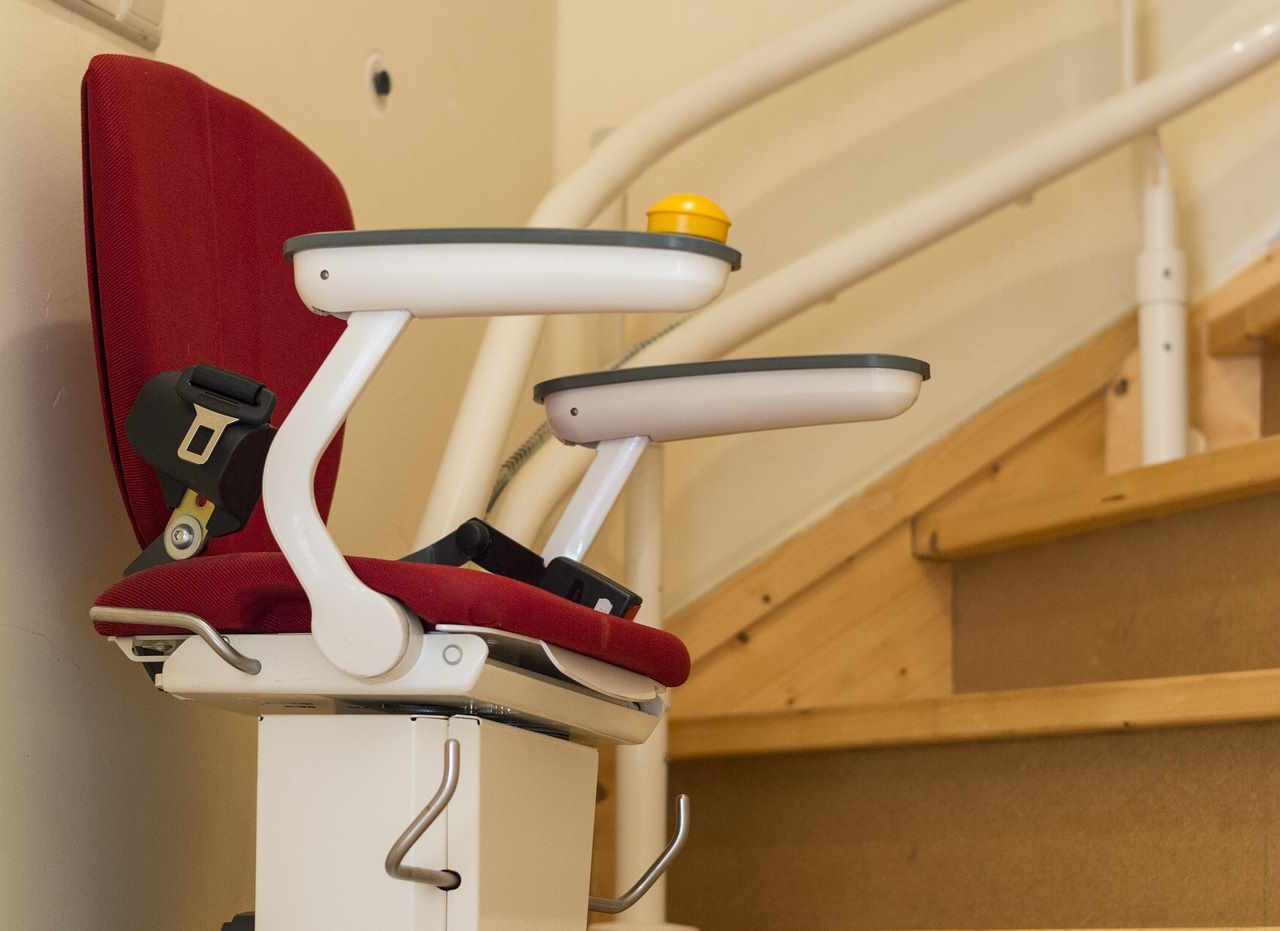River Cruises: What to Know Before You Travel
River cruises offer a different pace from ocean voyages: smaller ships, closer contact with towns and landscapes, and itineraries that focus on inland waterways. This article explains what a river cruise typically involves, common routes and seasons, onboard experiences and logistics, accessibility and practical planning tips, and a clear cost comparison to help you set realistic expectations for trips in Europe and beyond.

What is a river cruise?
A river cruise is a holiday taken on a vessel designed for navigable rivers and inland waterways rather than open ocean travel. Ships are generally smaller, accommodating from a few dozen to a few hundred passengers, which allows for access to city centres and smaller ports. The pace tends to be slower, with an emphasis on sightseeing, cultural excursions, and excursions that begin and end ashore daily. River cruising appeals to travellers seeking a relaxed, itinerary-driven trip with frequent opportunities to explore local towns.
Which rivers and routes are common?
Popular river cruise destinations include the Rhine, Danube, Seine, Douro and Rhône in Europe, as well as the Mekong, Nile and Mississippi in other continents. Each river offers distinct scenery and cultural experiences: central European rivers connect historic cities and vineyards; the Nile highlights ancient sites; the Mekong offers a window into Southeast Asian riverine life. Seasonal considerations matter: spring and autumn are popular in Europe for milder weather and landscape colours, while tropical rivers have wet and dry seasons that affect navigability and excursion schedules.
What to expect on board?
Onboard life on a river cruise combines comfortable accommodation with communal spaces for dining and relaxation. Cabins are typically smaller than ocean cruise counterparts but designed to maximise river views; many ships feature floor-to-ceiling windows or balcony-style French doors. Dining often emphasises regional cuisine, sometimes included in the fare, while enrichment programmes and guided excursions are usually part of the package. Expect limited onboard amenities compared with large ocean liners — entertainment and facilities are more intimate, reflecting the ship’s smaller size.
Practical tips for planning and accessibility
When planning, consider embarkation and disembarkation points, included excursions, single-occupancy pricing, and whether flights or transfers are bundled. Check visa requirements and local entry rules for countries on your route. Accessibility varies: many modern river ships offer elevators and accessible cabins, but older vessels or port infrastructure in certain regions may present mobility challenges. For more tailored assistance, look for local services or specialist travel agents in your area that handle river cruise logistics and special requirements.
Costs and a practical pricing guide
Costs for river cruises depend on region, ship category, itinerary length and included services. European river cruises commonly charge per person for a week-long itinerary, while longer or more remote river journeys (for example, in Asia or Africa) can vary widely. Below is a comparison of several well-known river cruise providers and typical cost ranges to illustrate how prices can differ by style and service level.
| Product/Service | Provider | Cost Estimation |
|---|---|---|
| European 7-night river cruise (standard cabin) | Viking River Cruises | £1,500–£3,500 per person |
| European 7-night river cruise (mid-range) | AmaWaterways | £1,200–£3,000 per person |
| European 7-night river cruise (boutique/upmarket) | Uniworld Boutique River Cruises | £2,000–£5,000 per person |
| Mekong or Nile river cruise (7–10 nights) | Various specialised operators | £1,000–£4,000 per person |
Prices, rates, or cost estimates mentioned in this article are based on the latest available information but may change over time. Independent research is advised before making financial decisions.
These figures are indicative ranges rather than firm quotes. Lower-end prices often reflect shoulder-season departures, inside cabins, or limited inclusions, while higher prices reflect peak-season travel, suites, comprehensive excursion packages, and premium dining or small-ship boutique experiences. Always check what is included (meals, drinks, excursions, tipping policies, transfers) and whether flights are bundled or separate.
How to choose the right cruise for your trip
Match the itinerary to your interests: cultural and historical sightseeing, wine and gastronomy, nature and wildlife, or religious and archaeological sites will each favour particular rivers and seasons. Consider ship size and atmosphere — larger river ships provide slightly more facilities, while smaller ones often access quieter ports. Read detailed itineraries to identify the balance between sea time and shore excursions. Review cancellation and insurance options, especially for international travel, and verify medical support and cabin accessibility if required.
Conclusion
River cruises provide a distinctive travel experience concentrated on local culture, landscapes and convenient access to inland destinations. By understanding typical routes, onboard expectations, accessibility issues and realistic price ranges you can plan a trip that aligns with your interests and budget. Accurate, current pricing and provider details should be checked directly with operators or reputable travel specialists before booking.



